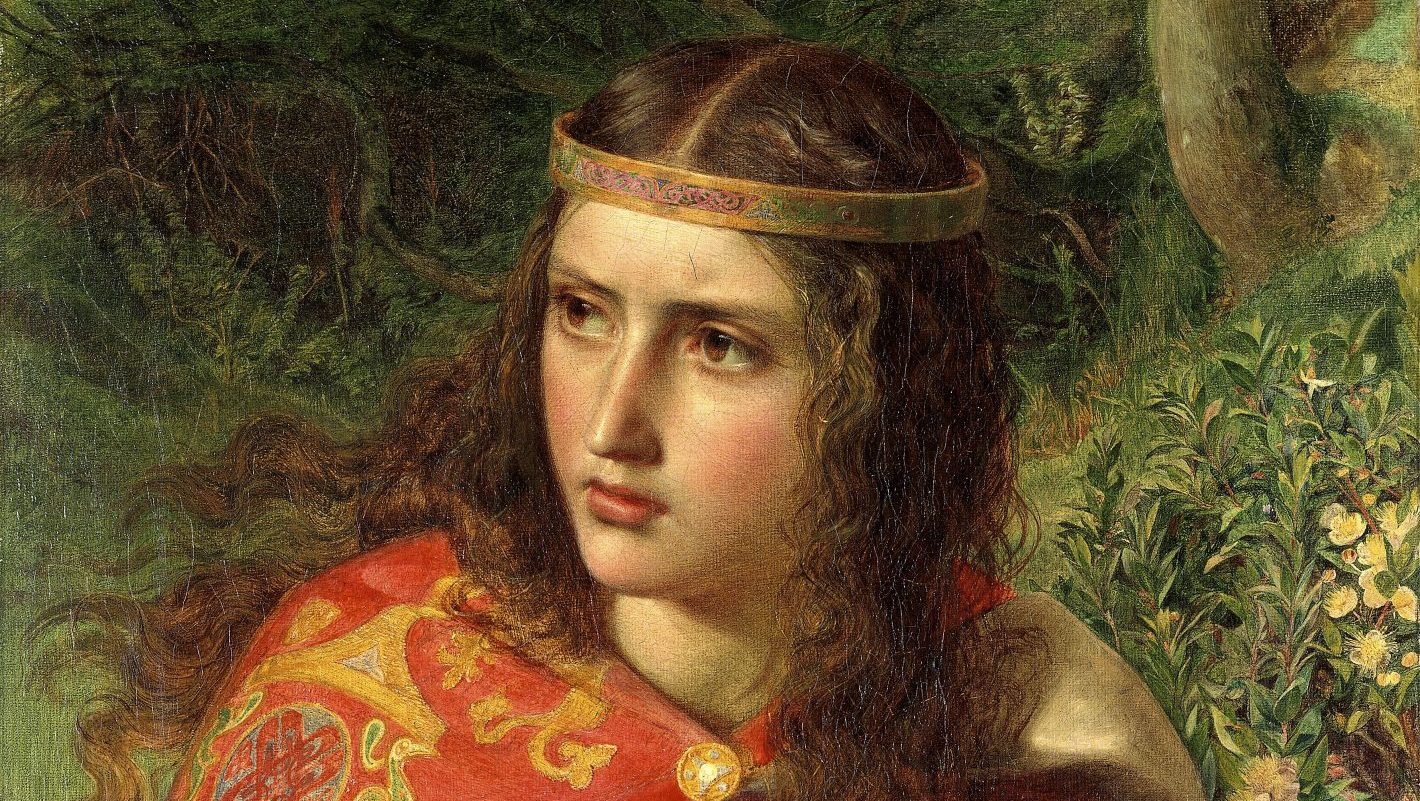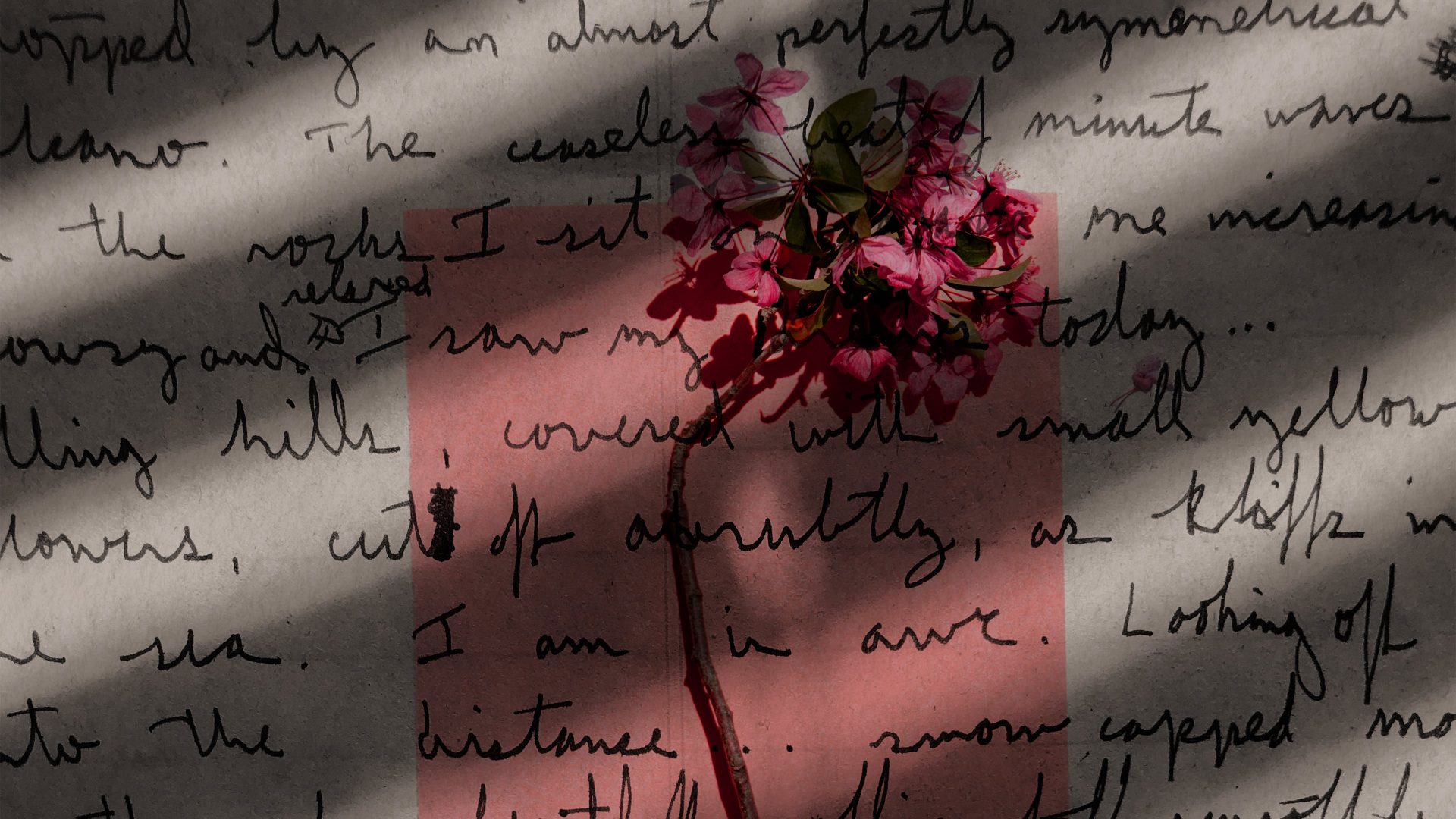The history of Europe is populated by some extraordinary women, but few can match the remarkable life and influence of Eleanor of Aquitaine. Queen of both France and England, she was the mother of two English kings, the grandmother of 10 nobles wed to European monarchs, took part in the Second Crusade, was a patron of the arts, effectively ran England while Richard I was away at the Crusades and arranged his release from captivity, travelled widely on diplomatic missions well into old age and still found time to be kept prisoner for 16 years by her own husband.
Yet for all her achievements, history has not been kind to Eleanor. While we know the basic details of her personal and political life, because she lived more than 800 years ago there is a scarcity of contemporary documents, leaving her inspirations and motivations wide open to speculation. The gaps in her narrative mean that Eleanor’s legacy has depended on the whims of
historians. As a powerful, intelligent and independent woman, at least for her times, her posthumous reputation has been dictated by centuries of almost exclusively male gatekeepers.
In France she has been traditionally excoriated for the failure of her first marriage, to Louis VII, her apparent multiple infidelities blamed when it seems Louis held her responsible for the couple’s failure to produce a male
heir. In England, her alleged support for her sons’ failed attempt to usurp their father, Henry II, made her treacherous. With suggestions of incest with an uncle also sloshing around history’s rumour mill, this is another case of a high-profile woman daring to be a little more than a trailing spouse and baby machine, thus prompting allegations of sexual misconduct.
But for a twist of fate, Eleanor would have been nothing more than a decent
matrimonial catch for a middling European aristocrat anyway, a decorative pawn with a dowry destined for a quiet life of embroidery, walking in castle gardens and occasionally popping out babies. She might have been the eldest child of William X of Aquitaine, but her younger brother, William, was
in line to inherit the titles. He was the heir; she was, at best, the spare.
When the younger William predeceased their father, however, Eleanor was thrown into the spotlight, meaning that when William senior died, with his eldest daughter only in her early teens she became Duchess of Aquitaine, inheriting a large area of southern and western France.
She also became instantly wealthy, making a swift and politically expedient
marriage inevitable. Money and titles she may have had, but as a woman she
had little agency and little say in the selection of a husband, and it was Louis
VI of France, close to death and keen to secure the future of his realm, who
arranged for Eleanor to marry his son. When the French king died, Louis VII
ascended to the throne, crowned at Bordeaux on Christmas Day 1137 with Eleanor as his queen.
In 1147 Eleanor persuaded Louis to let her accompany him to the Middle East as part of the Second Crusade, insisting on leading the troops gathered
from her homelands in Aquitaine. When Louis turned out to be a terrible
military leader serious rifts began to appear in the marriage, with Eleanor even suggesting to her husband that they were too closely related for their
marriage to be legal. The couple returned to France in 1149 and an already crumbling marriage – the union had produced two daughters but no male heir – finally collapsed in 1152.
Barely embarked on her 30s, Eleanor’s new marital independence made her the richest woman in Europe and, by extension, the most eligible. Indeed, so eligible was she that some aristocrats tried to force her to the altar. Even as she rode from the marriage annulment at Beaugency back to her base in Poitiers there were attempts first by 16-year-old Geoffrey of Anjou and then Thibault of Blois to kidnap her. Both were thwarted and she made it home unmarried, but it was clear her independence was dangerous.
Knowing the two coercive suitors she had encountered on the road would be
far from the last, when she arrived in Poitiers Eleanor sent word to Henry
Plantagenet, Duke of Normandy and elder brother of the nefariously
presumptuous Geoffrey of Anjou, insisting that he set off immediately and marry her.
Barely eight weeks after her annulment, Eleanor had a new husband and combined lands that covered more than half of modern France. Within two
years their realm extended to England when Henry ascended to the throne at Westminster in December 1154, a heavily pregnant Eleanor crowned queen alongside him.
Stormy though the marriage was, it produced eight children including, in
Richard and John, two future kings of England. Eleanor lived through Henry’s frequent infidelities – most notably with Rosamund Clifford in the mid-1160s, whose early death prompted inevitable rumours that Eleanor was responsible – before eventually separating from Henry and returning to Poitiers.
In 1173 Eleanor’s son Henry arrived in France unhappy at his lack of standing in his father’s court and seeking support to take the throne for himself. His brothers Richard and Geoffrey were living with their mother at the time and, apparently with her approval, joined him in a rebellion that had no hope of succeeding and was easily put down. While the king forgave his sons, Eleanor was placed under house arrest and transferred between various locations in England for the next 16 years.
Henry II died in 1189 and, with the younger Henry also dead by then, Richard inherited the throne. Within a month of his coronation, he departed
for the Third Crusade but still found the time not only to free his mother, now in her mid-60s, but in effect appoint her to rule in his place until he returned.
It would be five years before Richard saw England again, mainly because on
his journey back from the Middle East he was kidnapped in southern Germany for ransom by Henry VI, the Holy Roman Emperor. Eleanor wielded every ounce of power she could to secure the king’s freedom, taking a lead in the negotiations for his release, appealing to the pope as a mother “wasting away with sorrow” and eventually raising a ransom equivalent to three times the annual income of the royal household. In 1199 Richard was wounded while putting down a revolt in Limousin. The wound turned gangrenous, Eleanor raced to the side of her favourite son and he died in her arms.
It was the start of Eleanor’s decline. The by-now elderly woman who had endured extraordinary challenges remained busy into her late 70s until,
ground down by a series of gruelling journeys on political missions for her
son, King John, she took the veil at Fontevraud Abbey in France, died there,
and was buried in the crypt beside Henry II and her beloved son Richard.
During the French Revolution the abbey was ransacked and the royal
graves desecrated. Eleanor’s remains vanished, and have never been recovered. Even in death, this extraordinary woman was allowed no agency.




